Newton Rings7497
 Leftover Sundae Gnus Leftover Sundae Gnus
|
CatmanAmerica private msg quote post Address this user | |
Quote:Originally Posted by Helric1 Keep us posted. CGC's "SOTA" holders are destined to make them Lord of the Newton Rings. . |
||
| Post 51 • IP flag post | ||
 -Our Odin- -Our Odin-Rest in Peace |
Jesse_O private msg quote post Address this user | |
Ok - to continue a conversation that was started on the "New to your collection #3" thread, here are the pics and the screenshot I shared. These are dealing with newton rings and a lack of an inner well with CGC slabs.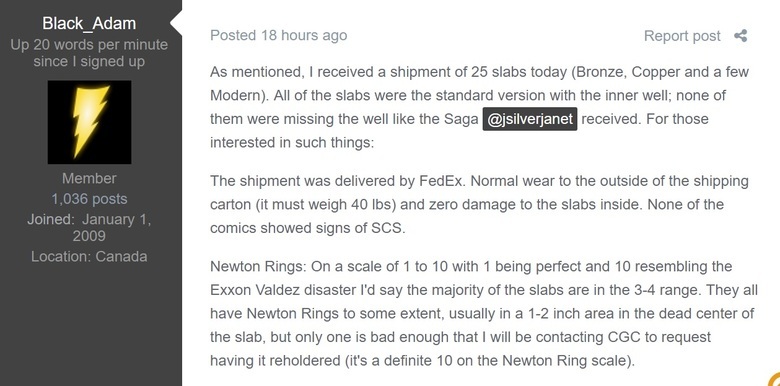 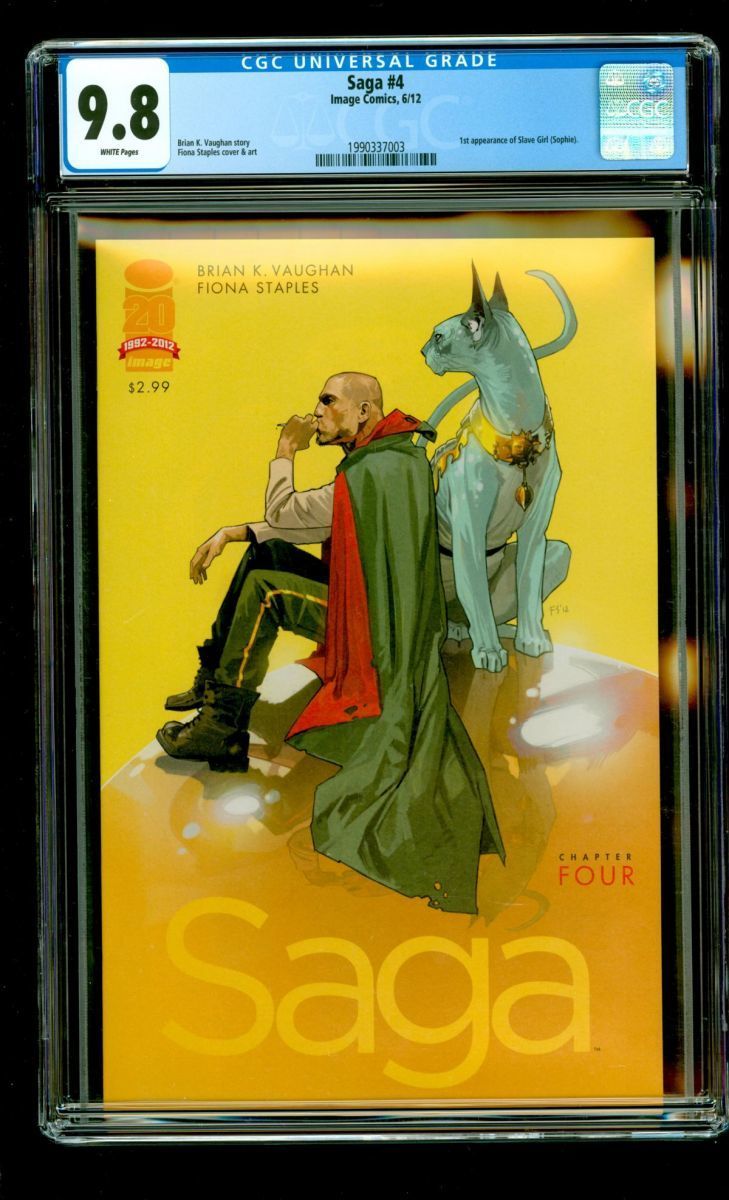 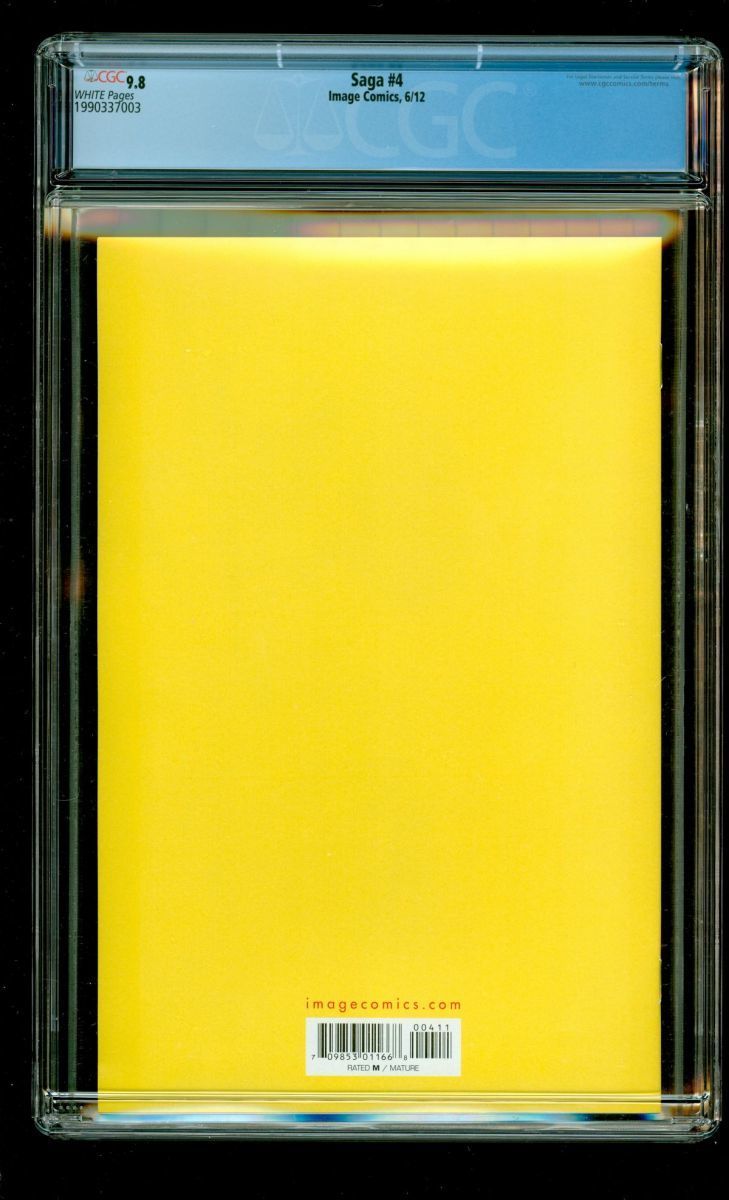 |
||
| Post 52 • IP flag post | ||
 COLLECTOR COLLECTOR
|
shrewbeer private msg quote post Address this user | |
| I got 4 flip books back last week. Each has a very small amount on the back cover. They have made good progress on the problem, but it is not quite solved yet | ||
| Post 53 • IP flag post | ||
 I don't believe this....and I know you don't care that I don't believe this. I don't believe this....and I know you don't care that I don't believe this.
|
GAC private msg quote post Address this user | |
Newton Rings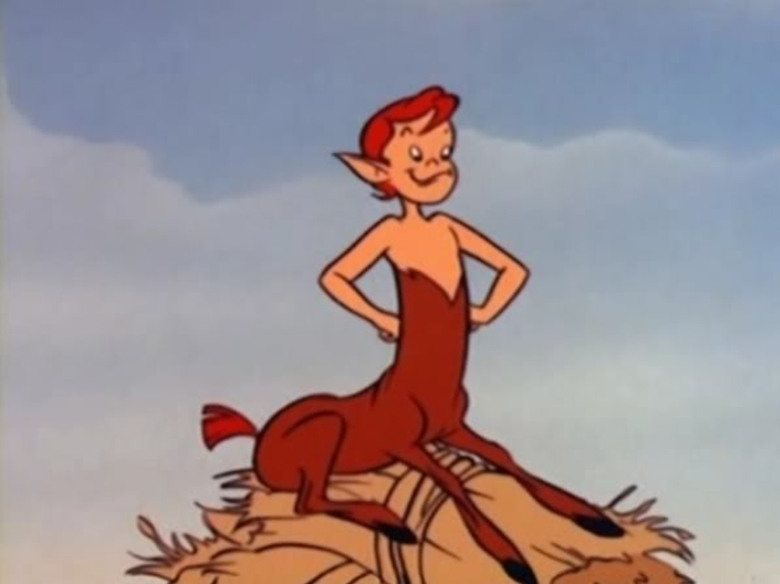  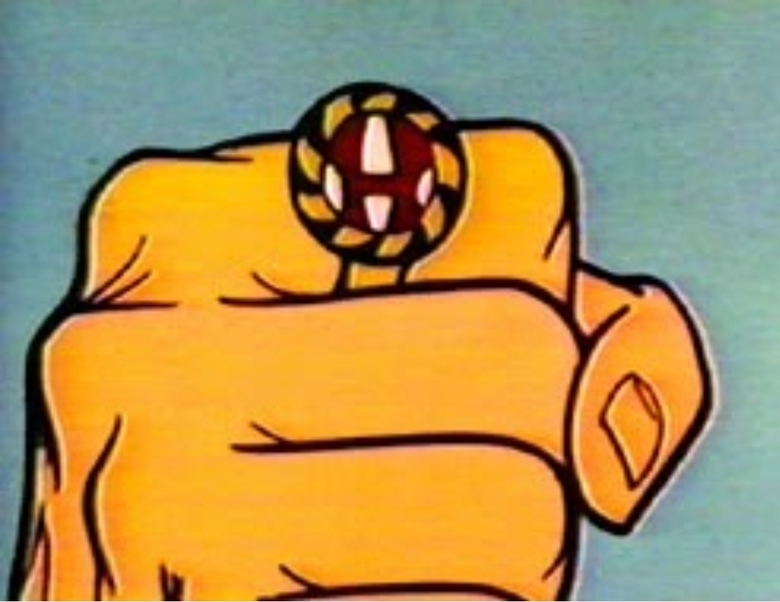 |
||
| Post 54 • IP flag post | ||
 Collector Collector
|
Watcher private msg quote post Address this user | |
| Just sent my 181 9.0 in for re-slab...let's see how it comes back since it's going up for sale upon delivery. gonna be bummed if I have to deal with disgruntled buyers on that big a purchase | ||
| Post 55 • IP flag post | ||
 Collector Collector
|
KYoung_1974 private msg quote post Address this user | |
| I don't have any experience with CGC or the newton rings. I've read enough about it on the boards to want to avoid it. I've also seen the explanation that it's the inner well that pushes on the outer case that causes it and that made a certain amount of sense. I saw a guy on a FB group say that it was the tpe of plastic that CGC was using that was causing the rings. I blew it off, because I had already read on the internet what the cause was (and it must be true because Internet!). But it made me do a little more digging into what Netwon Rings are and what causes them. So in scientific terms, a Newton ring is caused when two planar surfaces are not aligned properly and there is air between them. The refraction of the light through the air causes a Newton ring. Which started me thinking, if it was pressure on the outer case caused by the inner well, I would expect that the pressure would come from the edges, causing the center of the outer case to bow out in a convex shape causing the gap for the light to refract through. If that was the problem, I would expect the Newton Rings to be almost uniform in appearance from book to book. However, a lot of the pictures on this thread look more like the issues seen with the old cell phone screen protectors. And I don't see how pressure on the edges could cause those rings. All that to say, maybe it is the plastic and not the design like the guy on the FB group surmised. However, maybe it's not the type of plastic, but defects in the manufacture (air bubbles?) and in exact tolerances of the sheet (wavy sheets of plastic?) that cause this. It could explain why the thicker slabs don't have these issues as they are manufactured to different standards. Of course, I didn't sleep much last night and could be way off base, and maybe it really is just an inner well pressure issue. And now that I re-look at the pics on my PC and not my cell phone, they do appear to be uniform. <Sigh> that's 10 or 15 minutes of my life I won't get back. |
||
| Post 56 • IP flag post | ||
 Leftover Sundae Gnus Leftover Sundae Gnus
|
CatmanAmerica private msg quote post Address this user | |
Quote:Originally Posted by KYoung_1974 Alas, I have quite a bit of experience with CGC holders and a growing familiarity with the Newton Ring phenomenon and it's causes. I'm not a scientist, so technical explanations for what occurs aren't crucial to my understanding of it. My focus is purely on the appearance of encapsulated books, nothing more, nothing less. But to fully appreciate this dramatic undertaking, I'll analogize the CGC saga as a play, complete with drama, comic irony & music. The "epic fail" aspect of the redesigned CGC holders is where my attention has become focused in moving this discussion forward. As drama, this sad tale reads more like a cross between a tawdry novel and a polished Gilbert & Sullivan musical satire. It's a story that has elements of a predictable mystery, comedic misdirection, several unresolved sub-plots, an unexpected song and dance act following a trained seal and an unsatisfying climax staged as a grand finali. To understand this journey we must venture back to the days of yore and earlier CGC holder designs. When someone claims that Newton Rings were around in earlier holder designs, they're not entirely wrong, but that's where the misdirection starts. The earlier Newton Ring effects were far less frequent, much less prominent and somewhat correctable via applied pressure or sliding a card between the two joined shells. The Newton Ring prism effect occasionally showed up when the softer Barex inner sleeve made direct contact with the hard plastic shell's sub-surface producing a broad, slightly rainbowed swath that clearly was not affecting the book. While not overwhelming, it would often be present in scans as a glare. Frequently, this could be reduced or alleviated in scans by the application of pressure on the back of the holder while the scan was processing. So, yes, the Newton "prism effect" was present in older holders, but nowhere near the same oily beast we've seen in current holders. And that's where the misdirection is employed: some folks at CGC would have you believe that since Newton Rings were present before, they shouldn't be an issue now, ...even though the effect is entirely different and numbers of books impacted are greater. OK, so is this really a predictable mystery? In my estimation, yes! Before delving into the song and dance scenes, there are two melodramatic sub-plots with CGC's new "SOTA" holders that involve the introduction of one or more bad actors in redirecting the course of CGC's narrative. The first was the grand exit & retirement of Barex and the re-emergence of Mylar on center stage. Barex was a consistent albeit looser performer, very experienced in the role as protector of the inner well. Mylar, a stiffer performer, had been playing the marquee role of protector longer with backing board support, never fading from the stage, but new to a grand production boldly eschewing the inner well. Now the stage was set for the curtain to rise on a new production in a very tight performance that included a trained seal replacing the prestigious inner well. All seemed fine, then the unthinkable happened, the dramatic reinterpretation of Swan Lake turned into Swan Dive! High pressure from stage right & left were causing new wrinkles to the production in addition to a splotchy, oily type of Newtonian blotchiness on center stage. No amount of pivoting by the producers would placate the grumbling audience. The new production's tighter venue was being described as creep-engine effect. Long-time patrons of the original play threatened to walk-out and finally, after two months of critical reviews, the show was halted and revamped. But another, stranger thing happened when the play resumed with a hastily appropriated inner well, ...it was Swan Lake Meets Frankenstein! You see, while Barex was permanently retired, Mylar was still under contract. In spite of the returning inner well, the tight staging frequently produced surface interaction between the stiffer performing Mylar and the smooth under surface of the audition winning outer shell. Unfortunately, these two performers acted like oil and water together, or rather oil on water. Alas, the show must go on, so even after reviews came in panning the reboot (pulling the rug out from under this D'Oyly Carte production over Gilbert & Sullivan's objections), the third party grading service first tried ignoring the problem, ...then acknowledged it with offers to reholder, ...then placed limitations on that offer, ...then gradually tried to get patrons to accept it as normal performance art and ignore the oily blotches since it's an optical illusion (like a mirage) & doesn't actually damage the encapsulated book. Sheeesh! Thus we have the full play, ultimately a Greek tragedy complete with irony, song and dance, wry humor and a plethora of twists and unresolved endings that would both perplex & titilate the most rabid Stephen King, Quentin Tarantino or Bob Fosse fan. |
||
| Post 57 • IP flag post | ||
This topic is archived. Start new topic?
